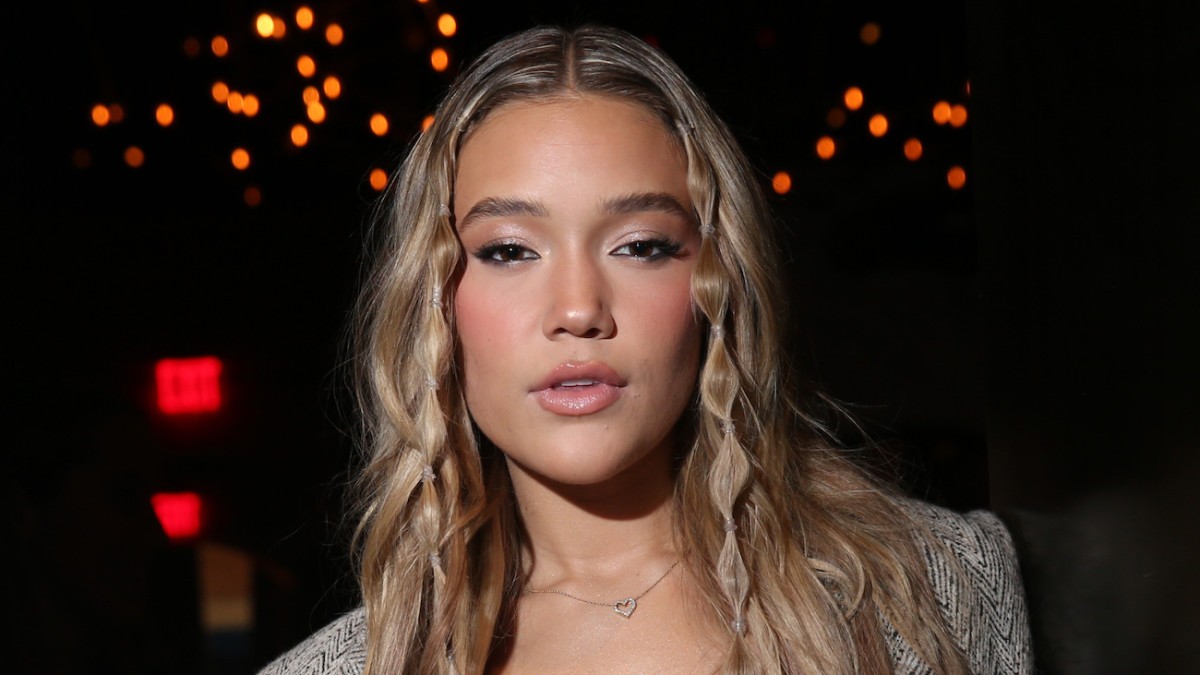YouTube Algorithm in 2023: Everything You Should to Know
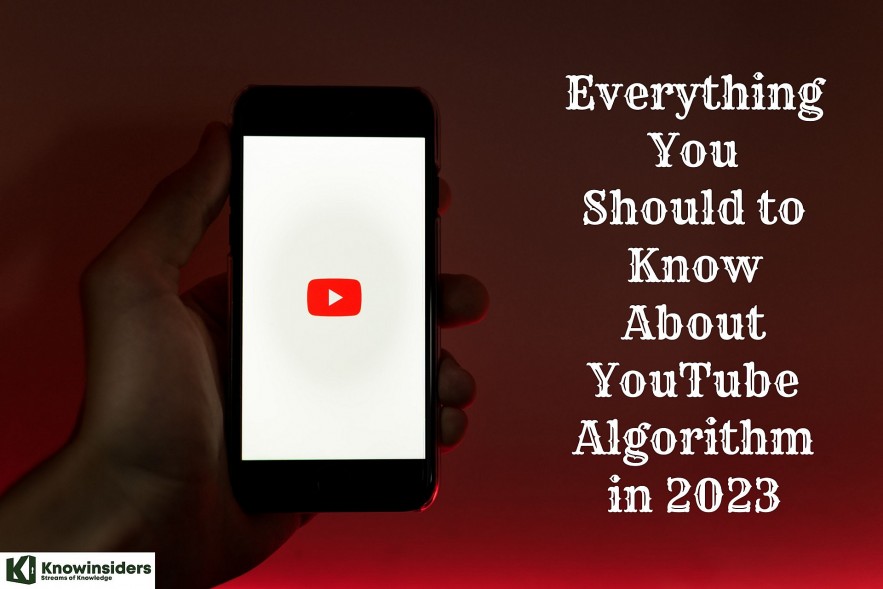 |
| Everything You Should to Know About YouTube Algorithm in 2023. Photo: KnowInsiders.com |
People around the world watch more than 1 billion hours of video on YouTube every day—everything from cat videos to cat videos. The YouTube algorithm is a recommendation system that decides which videos YouTube recommends to those 2 billion+ users (and countless cat users).
This raises an important question for marketers, influencers, and creators: how does YouTube's algorithm recommend your videos and help you earn more likes?
In this blog post, we'll cover what an algorithm is, go over the most recent changes, and show you how the pros work with YouTube's search and discovery system to show videos.
| Content |
What Is the YouTube Algorithm?
The algorithm, at its most basic, is a continuous loop of collecting data and recommending videos to users. It collects information from viewers and channels to determine who will watch, like, and share which types of videos.
And it collects a massive amount of data - approximately 80 billion signals per day.
For what purpose?
YouTube's ultimate goal is to keep users on the platform for as long as possible. It accomplishes this by making it simple for you to find an infinite supply of videos it believes you'll enjoy.
The algorithm's work can be found throughout the site and app.
A brief history of the YouTube algorithm
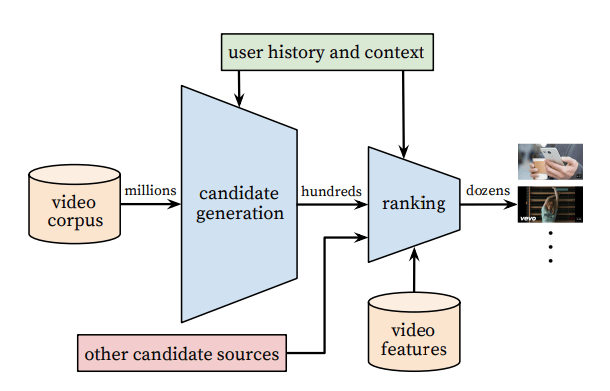 |
| YouTube algorithm |
2005 – 2011: Optimizing for clicks and views
YouTube was founded in 2005 to collect videos of Janet Jackson and Justin Timberlake's infamous Superbowl performance, according to founder Jawed Karim (aka the star of Me at the Zoo). As a result, it's no surprise that over time, YouTube's algorithm will display the recommended videos with the most views or clicks.
This resulted in the proliferation of misleading titles and thumbnails, or clickbait. When people watch videos that make them feel cheated, unhappy, or annoyed, their user experience suffers.
2012: Watch time optimization
YouTube revised its recommendation system in 2012 to account for time spent watching individual videos as well as time spent on the platform as a whole. When people find videos valuable and interesting (or at least theoretically so), they will watch them for a longer period of time, possibly even until the end.
As a result, some creators have attempted to make their videos shorter in order to increase the likelihood that viewers will finish watching them, while others have attempted to make their videos longer in order to increase overall watch time. YouTube did not support either of these strategies, instead sticking to the team's line: make videos that your audience wants to see, and the algorithm will reward you.
2015-2016: Optimizing for Satisfaction
YouTube began measuring live viewer satisfaction with user surveys in 2015, prioritizing direct response metrics such as Shares, Likes, and Dislikes (and all other metrics). The "don't care" button, on the other hand, is particularly cruel).
Deep Neural Networks for YouTube Recommendations, a white paper published by YouTube in 2016, described some of the inner workings of AI.
In a nutshell, the algorithm has become more personalized. The goal is to find videos that each individual viewer wants to see, rather than videos that many others have already seen.
Thus, YouTube's Product Manager stated on a panel in 2018 that 70% of YouTube watch time is spent watching videos that the algorithm recommends.
2016-present: Dangerous content, monetization, and brand safety
The size and popularity of YouTube have resulted in an increasing number of content moderation issues over the years, and algorithm recommendation has become a serious topic not only for creators and advertisers, but also in news and government circles.
This problem affects creators, who are afraid of inadvertently violating ever-changing community guidelines and being punished with a strike, disabled monetization, or worse. (In fact, one of YouTube's priorities for 2021, according to CEO Susan Wojcicki, is to increase transparency in its community guidelines for creators.) It also has an impact on brands and advertisers who do not want their names and logos associated with white supremacists.
Misconceptions about Youtube algorithm
Most marketers think that all content on YouTube will be ranked by only one algorithm.
In fact, Youtube SEO has many algorithms to rank content in different areas where videos are displayed. It will include elements about the homepage, suggested videos, and results for queries.
This article will focus on the video recommendation system, including the homepage and the algorithm that decides which videos to recommend.
This system is designed to find videos that are relevant to viewers, instead of recommending or promoting YouTube ads.
YouTube says that traffic to videos comes mostly from suggested videos, not from the search bar.
When users visit Youtube, this system will recommend and rank videos based on the most recent queries from the user. The purpose of Youtube is to help their customers find the content they want to watch and maximize user satisfaction in the long run so they keep coming back.
How YouTube defines the algorithm
 |
| YouTube algorithm |
What rating signals does YouTube use to decide which videos to show people?
Each traffic source is slightly different. But in the end, what affects your video views is a combination of:
♦ personalization (viewer history and preferences)
♦ performance (the success of the video)
♦ external factors (audience or overall market)
How does the YouTube algorithm work in 2023?
YouTube, like many other algorithms, employs machine learning to better understand user behavior. The algorithm is being refined to prioritize videos that users are more likely to watch and interact with.
The YouTube algorithm is a complex set of rules and data that determines how your videos appear in the search results on YouTube. It's been around for over a decade and has evolved to assist YouTube users in finding the content they're looking for.
The YouTube algorithm works by determining the type of content you have and then matching it with other users who have content that is similar to yours.
For example, if you post a video on how to cook chicken breast, it will appear alongside videos from other people with similar interests who also post videos on how to cook chicken breast.
When you post a video to YouTube, it goes through the search engine. The YouTube algorithm compares your video title and description to millions of others to determine which ones match your video title and description (and even the tags you use).
The YouTube algorithm ranks videos based on popularity, length (how long people watch), age (when they were uploaded), and other factors. These elements are compiled into a list known as "the watchlist." The more popular your video is in comparison to other videos on YouTube, the higher it will rank in search results — even if that popularity was gained through paid advertisements or an endorsement from a celebrity!
What is the most recent YouTube algorithm update?
Fortunately, YouTube algorithm 2023 is nearly identical to YouTube algorithm 2022. There have been no major changes, and the same factors that made a difference last year still apply this year!
The YouTube algorithm's point is that it recommends different things to different people, even if they search for the same thing. It all depends on a variety of factors, including:
Engagement
- How many likes your video has
- How many comments your video has, and what kind of comments they are
- Your video’s watch time, session time, and click-through rate
Metadata
- Your video’s title
- Your video’s description
- Your video’s keywords (although these don’t make a massive difference)
Key objectives for making the YouTube algorithm work in your favor
The algorithm isn't perfect, and it's updated on a regular basis to reflect user behavior and the content uploaded to YouTube. However, some key elements remain consistent across all YouTube algorithm versions:
• Quality trumps quantity. The algorithm's primary goal is to prioritize high-quality videos while also ensuring that they are not competing for attention with too many other videos.
• Relevancy. The second objective is to make sure your video is relevant to the user's search query. This means that you must be able to answer questions or solve problems in the video.
• Clarity. Finally, your video should be simple to understand and follow. If people don't understand what you're saying or don't feel they've learned anything from it, it will rank lower in search results.
Is the YouTube dislike button beneficial to the algorithm?When it comes to the algorithm, the infamous YouTube dislike button has become a hot topic, but does it actually do anything? True, but not in the way you might expect. The dislike button on YouTube functions as an extension of engagement. If a user watches your video until the end and then clicks the dislike button, the joke is on them: their attention was held throughout the video, indicating that they were engaged. This, however, can come back to bite you. The YouTube dislike button is useful for categorizing videos for recommendation purposes. If everyone dislikes a video, it is unlikely that it will be deemed relevant or recommended to viewers. But don't be concerned. As long as your content is enjoyed by the people who matter - your target audience - you shouldn't have too much trouble with the pesky YouTube dislike button. |
Conclusion
The above has gone through the content surrounding the Youtube algorithm and useful recommendations for businesses with content development strategies on Youtube channels. We hope that what has been mentioned above has provided you with useful information. As Digital Marketers, by understanding how YouTube's algorithm works, you have more opportunities to optimize your content.
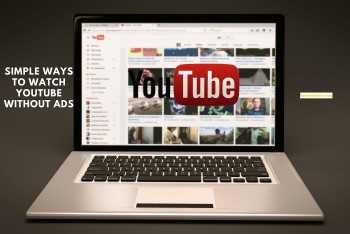 Simple Ways To Watch Youtube Without Ads Simple Ways To Watch Youtube Without Ads Are you annoyed seeing ads disrupt your Youtube experience? There are some ways to stop Youtube ads from popping up. |
 Who Are The Richest Youtubers in the World Today? Who Are The Richest Youtubers in the World Today? With Youtube becoming more and more popular, and more people begin to earn money from this platform, some turn it into a career. Here are ... |
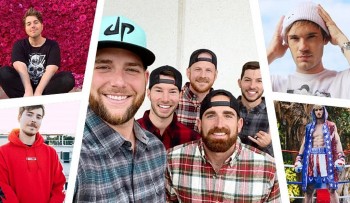 Top 10 Youtubers With The Most Subscribers in the World 2023 Top 10 Youtubers With The Most Subscribers in the World 2023 Youtubers are people who create content and share it. Join KnowInsiders.com to discover the most popular Youtubers stars of 2023 with the most subscribers. |

